Equipment
Avian Golf: Is this the fitting system for the masses?
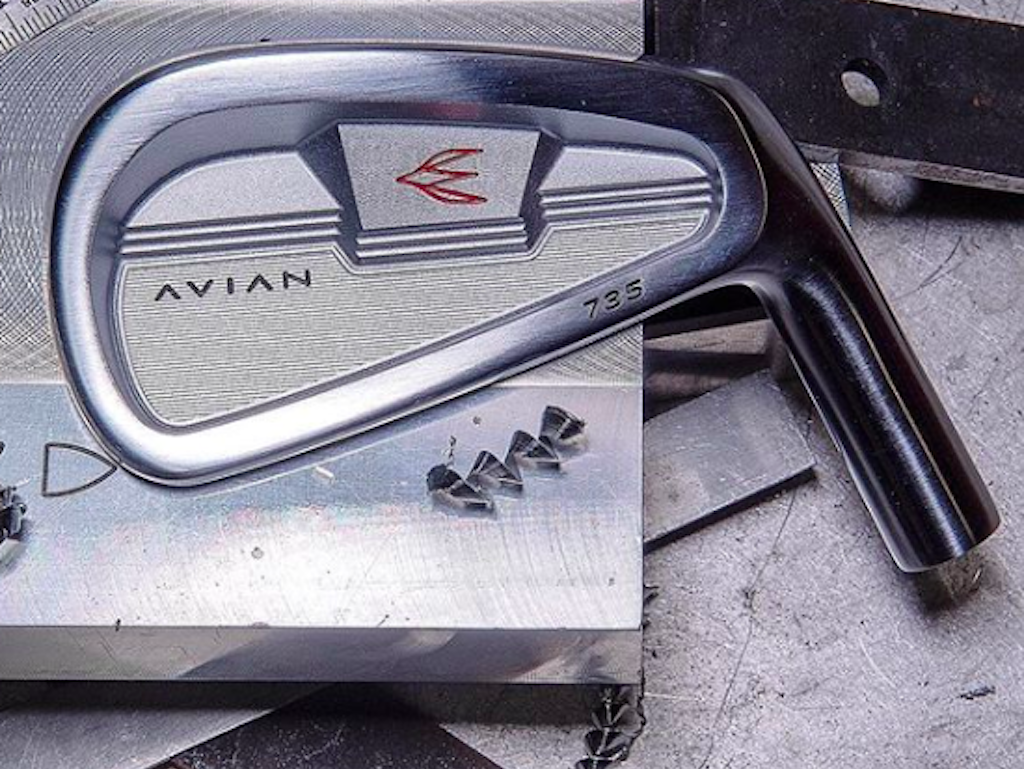
I have known Jay Turner of Avian/Red Bird for over 30 years. He built the first set of golf clubs I ever owned—it was a set of Red Birds, and if you grew up in Seattle around Jefferson Park or Rainier G&CC, you will know the name well. It was a big part of growing up in the Emerald City.
I’ll get back to Jay in a moment.
In this job, I have the opportunity to experience multiple fitting systems, theories, etc. Even to this day, the Ping Color Code fitting system is the only one I have gone through where my clubs came in and there are no tweaks needed. Literally none. Not sure if that’s psychological or brilliance on Ping’s part. I just know what I have experienced.
The game has changed since Ping color codes, with companies like TXG, True Spec, and Club Champion taking custom fitting to the next level—golf equipment customization has never been in a better spot. Some of the fitters out there like TXG’s Ian Fraser are absolute wizards at this stuff.
But what about getting it right for the person who won’t go to a fitter or lives in a town where there aren’t facilities around? Whether its logistics, financial constraints, or lack of interest, most golf consumers don’t get fit in any capacity. If you follow any of my content, you will know I believe that to be a serious problem.
So what’s the solution?
On a trip to Seattle a couple of years ago, I went in to see my old friend Jay, and he showed me his fitting system, and I must say: If there was an agnostic way to fit the masses (anyone, anywhere) this may be it. Now, is it to the level of nuance as a TXG or True Spec? No, it’s not. It’s not supposed to be. Different movies altogether.
The point here is this may be the way to get all golfers in the right ballpark (if not spot-on) in a way that is easy enough for the consumer to execute.
I could try and explain the system to you in my own words, but I thought it better to have Jay explain.
JW: Your fitting system was developed to fix what in the industry?
JT: To bring a scientifically based system to fitting that was based on stable, quantifiable elements that weren’t by opinion and guesswork to determine the optimum fit for all golfers.
We developed our fitting system to provide a biomechanically sound solution for length and lie angle (size) for golfers of all shapes and sizes, that could be applied in a systematic fashion that would provide solid fit for each individual golfer, facilitating an environment of sustainable improvement as a result.
I believe good teachers can teach, with that said, our job becomes one of our fitting players in a biomechanically sound way to accommodate their instruction and enable positive changes to movement patterns.
JW: What were the issues you saw?
JT: An abundance of anecdotal methods based on opinion and not science. They are predominantly swing based that are inconsistently interpreted, rely on trial and error, are based on flawed principles and judgment. There is a general lack of understanding with regard to length and lie angle throughout the industry and how it affects motion and efficiency.
JW: In comparison to now-popular fitting systems, what are the differences and how Is your system “better” in your opinion?
JT: Our system is different and better first and foremost, as it is based on science. It calculates a solution based on stable elements (individual physical dimensions). All other systems are trial, and error based, and subject to swing flaws and judgment. When you add in swing inconsistency, you have a recipe for guesswork. Our system provides a length and lie angle solution that addresses both vertical height as well as ball spacing. No other system systematically does this.
Also, how do you fit a player who’s never played using a swing-based method? You can’t. Our system can as we don’t need a swing.
JW: Explain your system soup to nuts
JT: Our system starts with YOU.
We determine your relevant physical measurements.
We enter them into our patented dimensional fitting system, which factors your measurements for proportional change, dynamic change, which occurs as one goes from address to impact, resulting in a balanced solution for length and lie angle, (size).
Our solution provides a size solution that will facilitate proper address posture, facilitating optimum swing motion, resulting in solid golf shots that go where intended.
Basically, an environment of sustainable improvement is created.
JW: Is your system better served for face to face or can you fit properly remotely?
JT: BOTH, our system works equally well in an in-person setting as well as a remote situation. Our system is dependent on precise measurements in both cases. In a face to face setting, length and lie angle are determined in less than two minutes, eliminating the trial and error associated with the “here, try this” guesswork that pervades the industry.
Face to face, our system leaves more time to determine the best club model, combination of irons, hybrids, and woods as well as shaft model, flex, etc.
In the remote setting, we are able to fit golfers on a global basis. They need an internet connection, a 36” yardstick, and 10 minutes of time to answer seven questions related to their physical size and 10 questions addressing their golf game and desires to provide the initial recommendation.
During the last three weeks of the pandemic, we’ve fit and shipped sets all over the globe—Washington, Argentina, UK, California, Hawaii, New York, Utah, Minnesota, Arizona, and Florida.
Proof of concept, regarding the remote viability of our system: Our system provides a consistent, scientifically based solution for length and lie that is totally free of subjectivity.
JW: What misinformation in the industry drove you to develop the system?
JT: Many factors drove me to develop our system, probably the biggest motivating factor was frustration that arose with the inconsistency and lack of understanding throughout the industry with regard to fitting length and lie (size) and its importance as it relates to individual performance.
Most manufacturers in the golf industry order and have clubs built before they even know who their customer is. This is a “one size or at best, a few sizes fits all” mentality, which is not an accurate picture of reality.
An analogy I use to explain this is, that of shoes, you could theoretically go out and buy the best running shoes made, but if you bought the wrong size and they didn’t fit, you would struggle and your effort would be less than your best
The same is true with golf clubs, if they don’t fit well, you are going to struggle. The exception being the majority of tour players, who have the capacity to intuitively make adjustments and make a less than optimum fit function. Still, this is not an optimum situation, the universal truth being, if it fits better, it will produce better results.
JW: Is it best served to irons and wedges?
JT: Both, as well as hybrids and fairway woods. With any club you hit off the ground, length and lie angle is critical. Correct length and lie angle become more important with regard to directional accuracy as loft increases, as compound angle increases. That said proper length and lie angle is very important for drivers as well as the optimum fit will create the best impact condition which will result in the most distance and best control.
Most drivers are too long, more clubhead speed is not the answer by itself. Longer length is shorter and less accurate, much of the time. If longer drivers were better, tour players would all be at 48”, they’re not.
JW: If you could add more to your system what would it be?
JT: A way to guarantee the accuracy of the answers. Accurate answers equal precise fits.
Also, a greater understanding of the importance of correct length and lie angle and its relationship to better performance.
If players are fit better, they play better, and they will have the capacity to improve. I’ve seen this firsthand over the past 40 years. Golf is a difficult game, and it becomes infinitely more difficult when one’s equipment doesn’t fit properly.
JW: What common flaw in the fit of a club do you commonly see? Lie angle? Length?
JT: Too heavy a reliance on lie angle without enough consideration of length. Ball spacing is compromised as a result. Clubs with incorrect length, create all kinds of swing flaws and inconsistency.
If the size is wrong, a difficult game becomes infinitely harder, golfers have less fun, they quit, play drops and the game shrinks.
Sadly, conversations revolving around the importance of proper length and lie angle, are not as sexy as the “7-iron with 4 iron loft,” that produces the occasional 195-yard shot, or the latest driver designed with ai or speed injected faces, magic thermoplastic inserts, etc. The battle is one of awareness as to what really is relevant.
Hopefully, this can shine some light on something that’s critically important and often overlooked. If we can help golfers enjoy the game more, we’ve succeeded.
—–
Interesting take from a person I know and respect. Do I agree with everything he says? No. But there is a version of this that could really help the consumers, especially at retail. JT is onto something here—that much I’m certain of.
- LIKE128
- LEGIT36
- WOW10
- LOL1
- IDHT0
- FLOP0
- OB0
- SHANK4
Whats in the Bag
Peter Malnati’s winning WITB: 2024 Valspar Championship
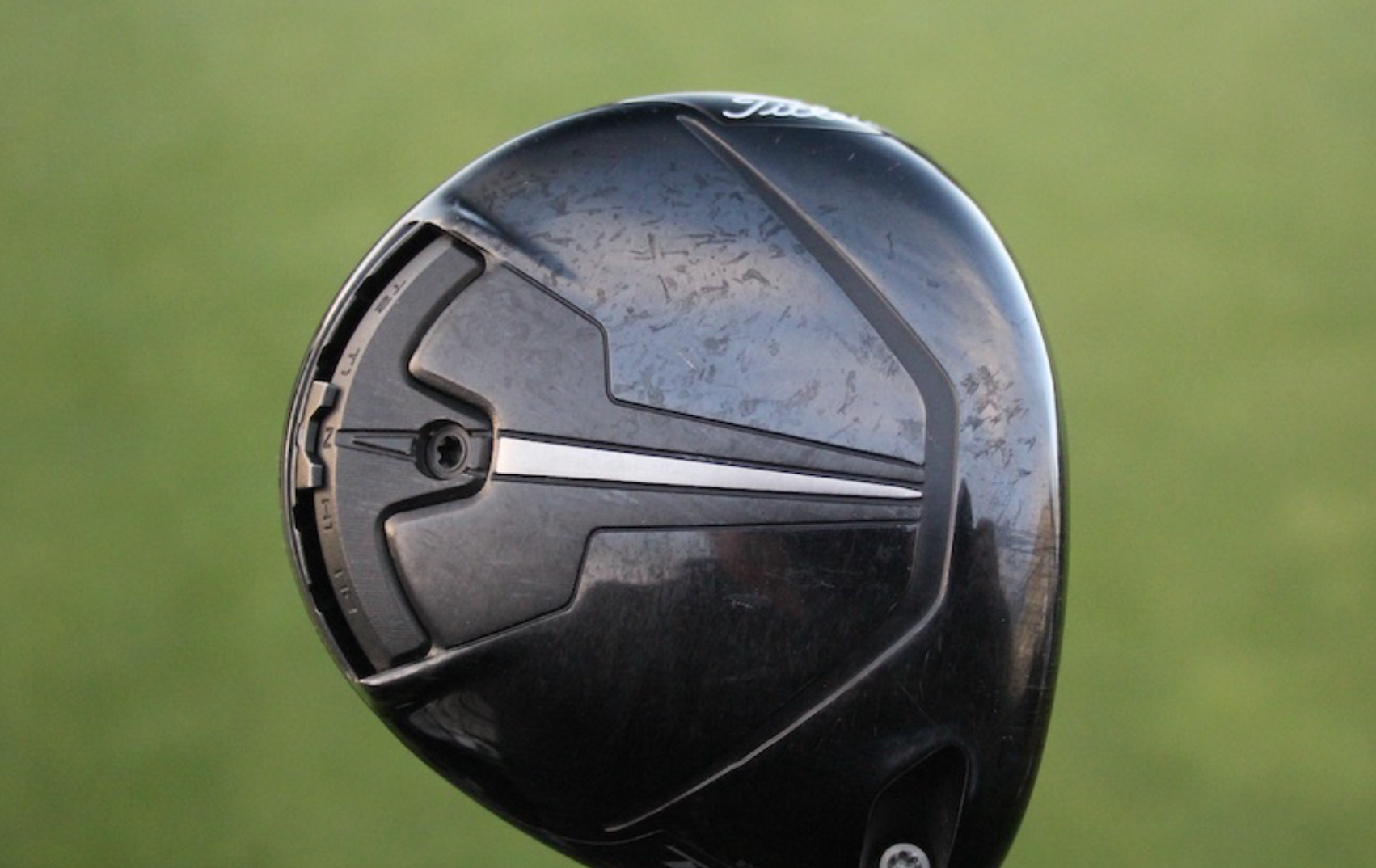
Driver: Titleist TSR3 (10 degrees) Buy here.
Shaft: Project X Denali Blue 60 TX
3-wood: Titleist TSi3 (15 degrees) Buy here.
Shaft: Fujikura Ventus TR Blue 70 X
Hybrid: Titleist 818 H2 (19 degrees) Buy here.
Shaft: Graphite Design Tour AD DI 95 X
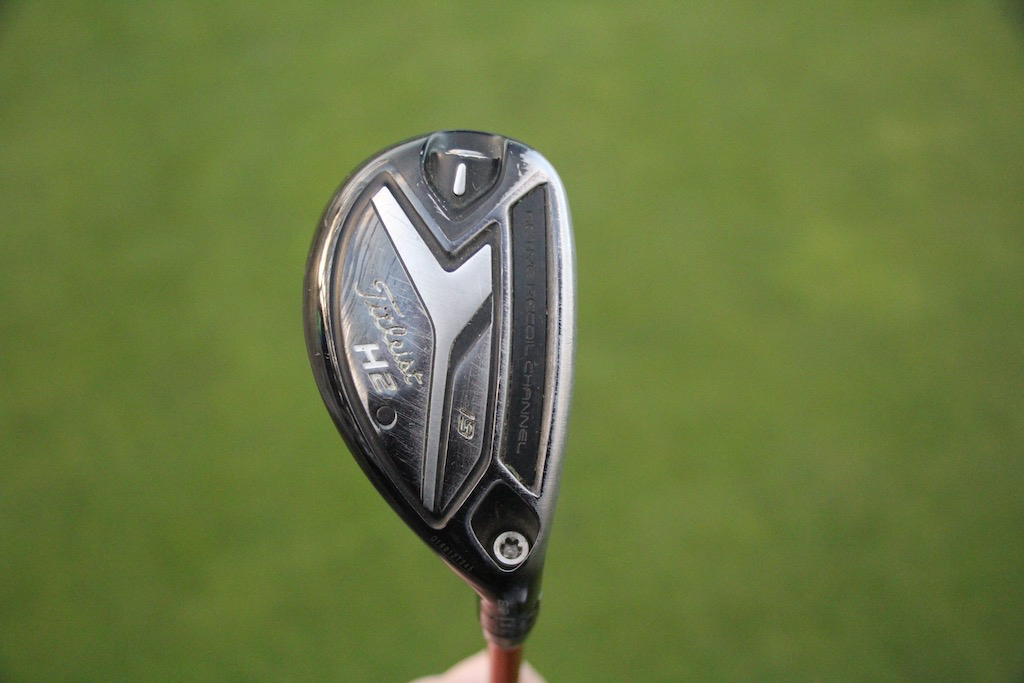
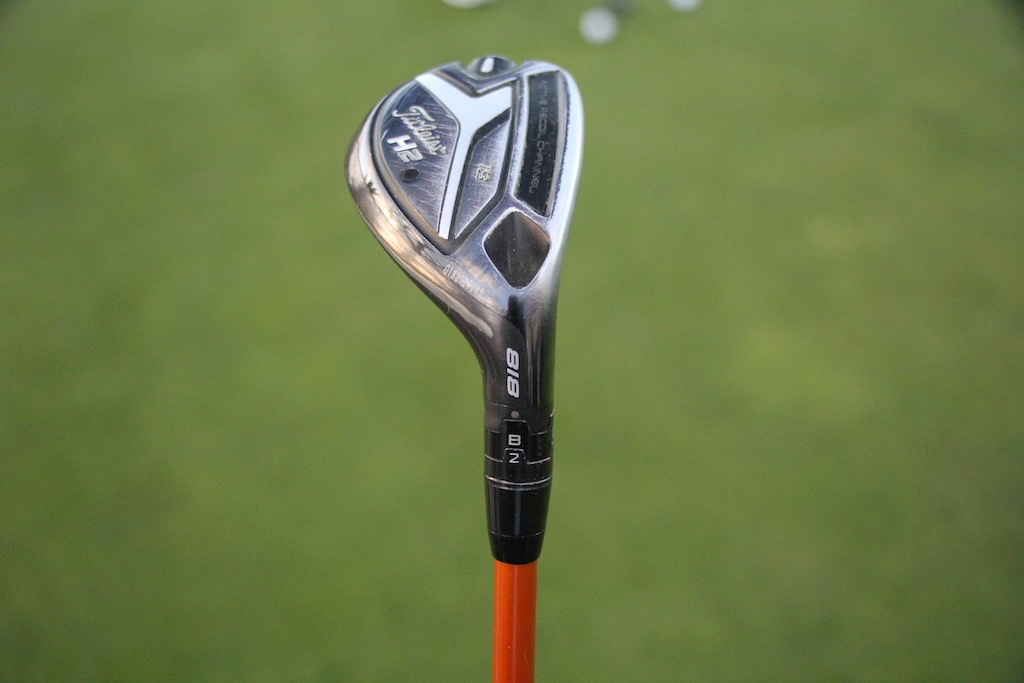
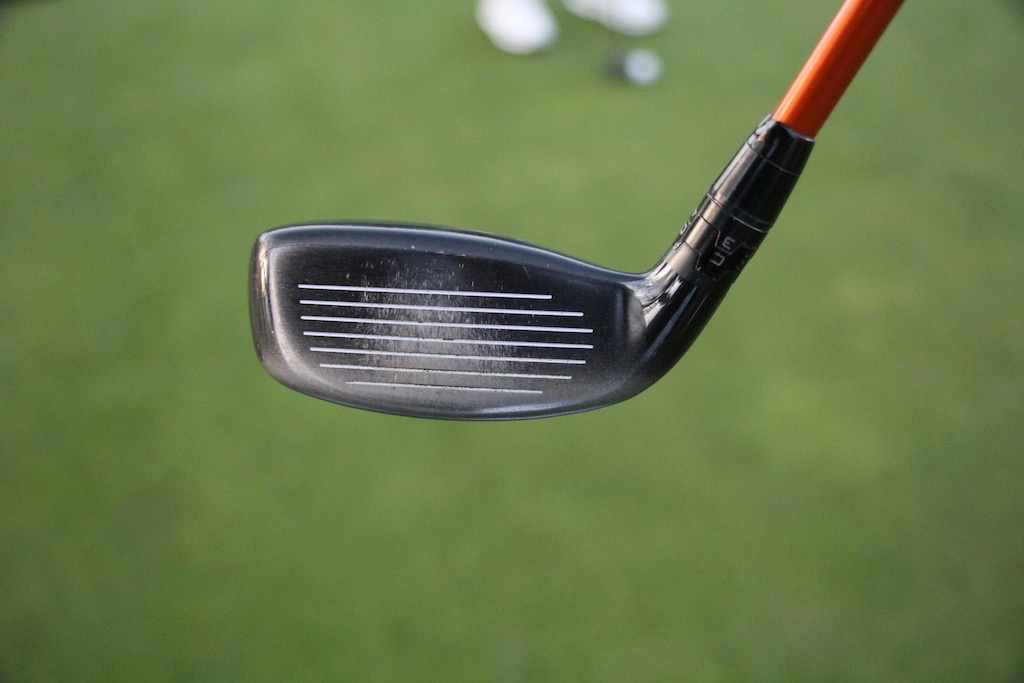
Irons: Titleist T200 (4) Buy here, Titleist T150 (5) Buy here, Titleist T100 (6-9) Buy here.
Shafts: True Temper AMT Tour White S400
Wedges: Titleist Vokey Design SM9 (48-10F, 52-12F, 56-08M, 60-04T @62) Buy here.
Shafts: True Temper Dynamic Gold Tour Issue S400
Putter: Scotty Cameron TourType Special Select Masterful Tour Prototype Buy here.
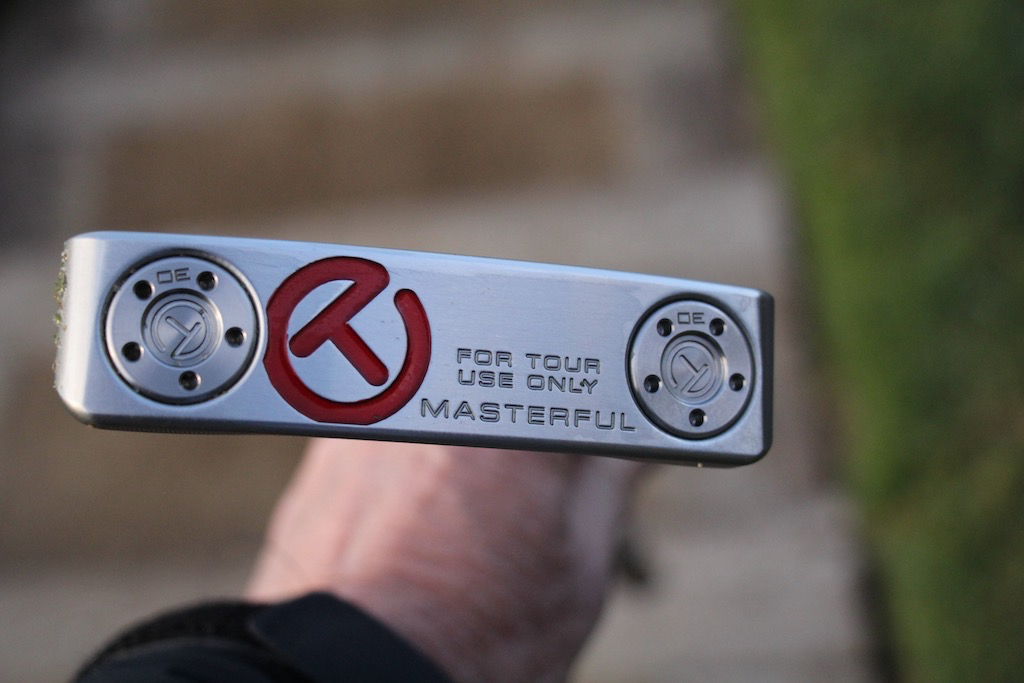
Grips: Golf Pride Tour Velvet
Ball: Titleist Pro V1x Yellow Buy here.
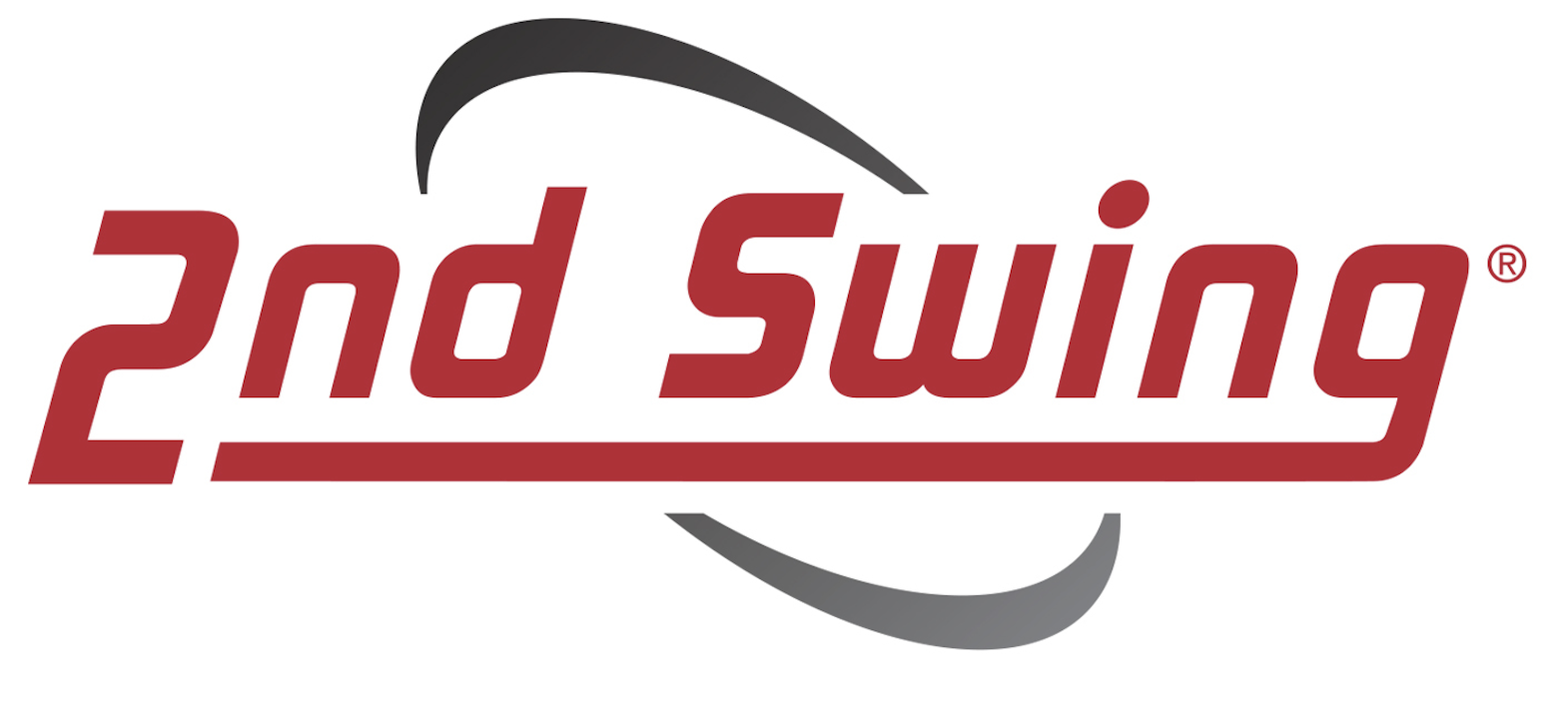
The winning WITB is presented by 2nd Swing Golf. 2nd Swing has more than 100,000 new and pre-swung golf clubs available in six store locations and online. Check them out here.
- LIKE1
- LEGIT0
- WOW0
- LOL0
- IDHT0
- FLOP0
- OB0
- SHANK0
Whats in the Bag
Taylor Montgomery WITB 2024 (March)
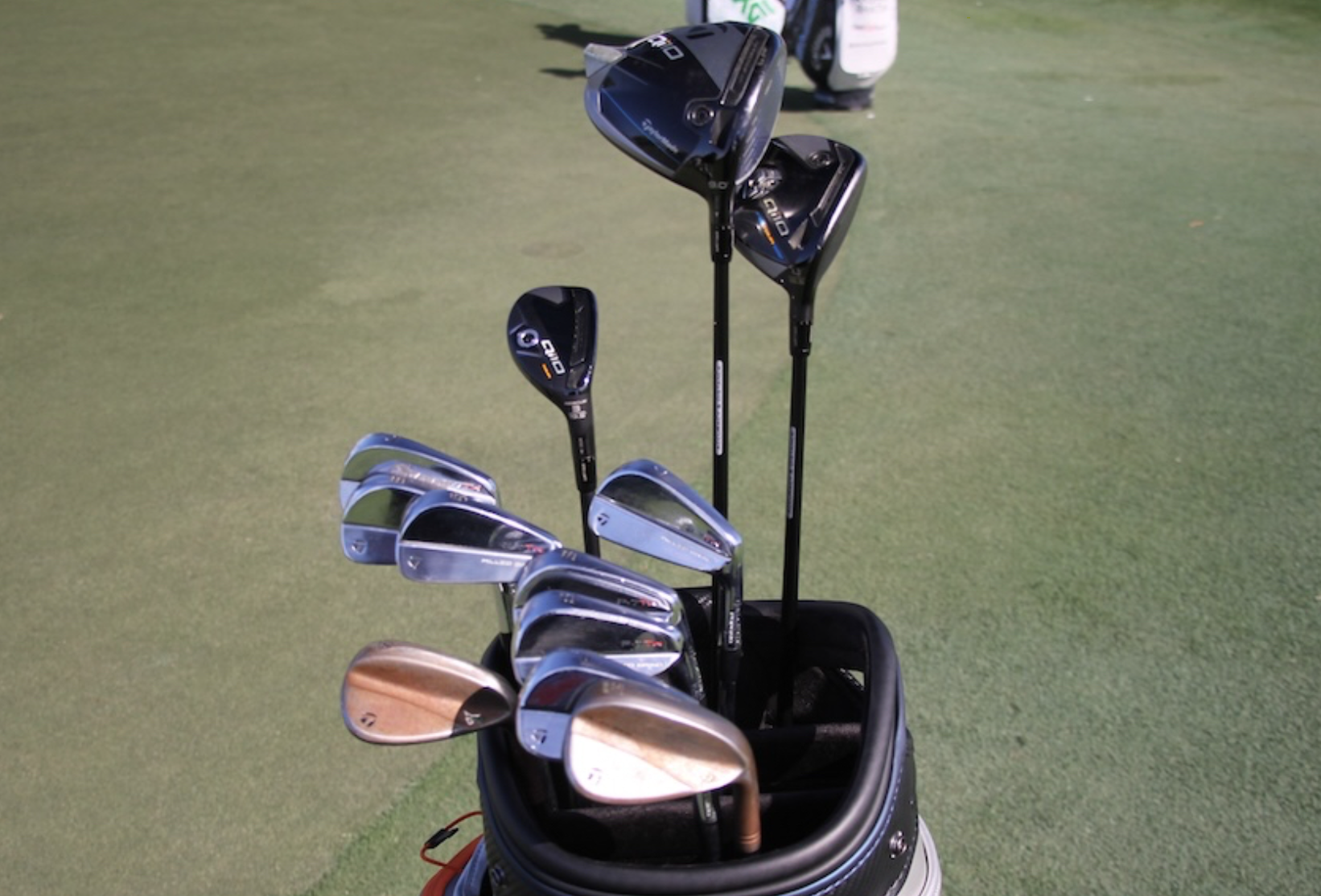
- Taylor Montgomery what’s in the bag accurate as of the Cognizant Classic. Check out more photos from the event here.
Driver: TaylorMade Qi10 (9 degrees)
Shaft: Graphite Design Tour AD VF 7 TX
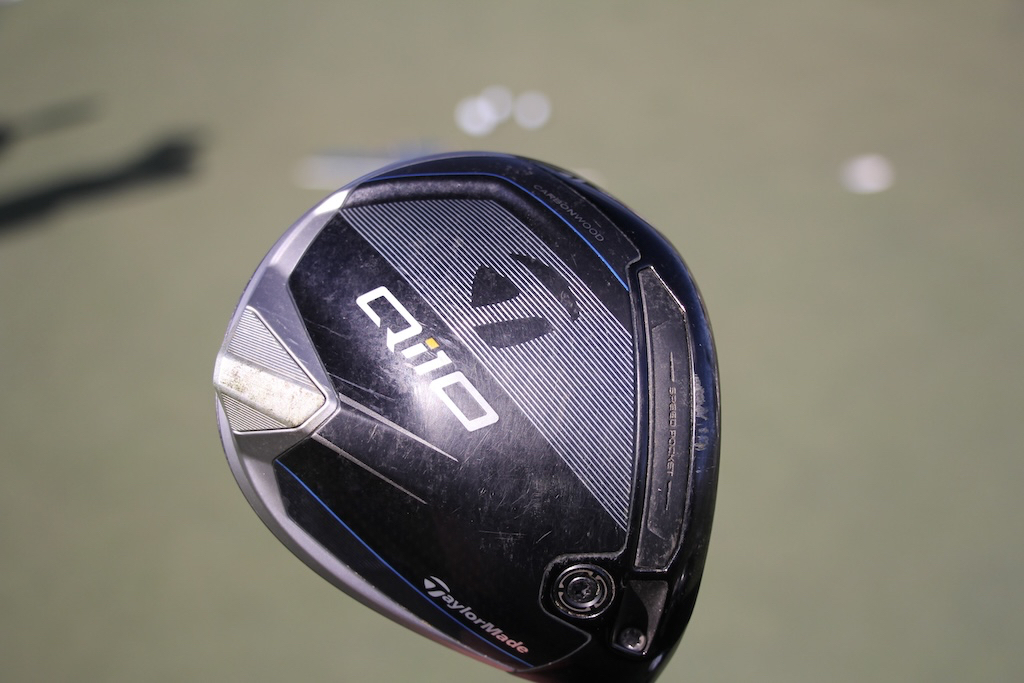
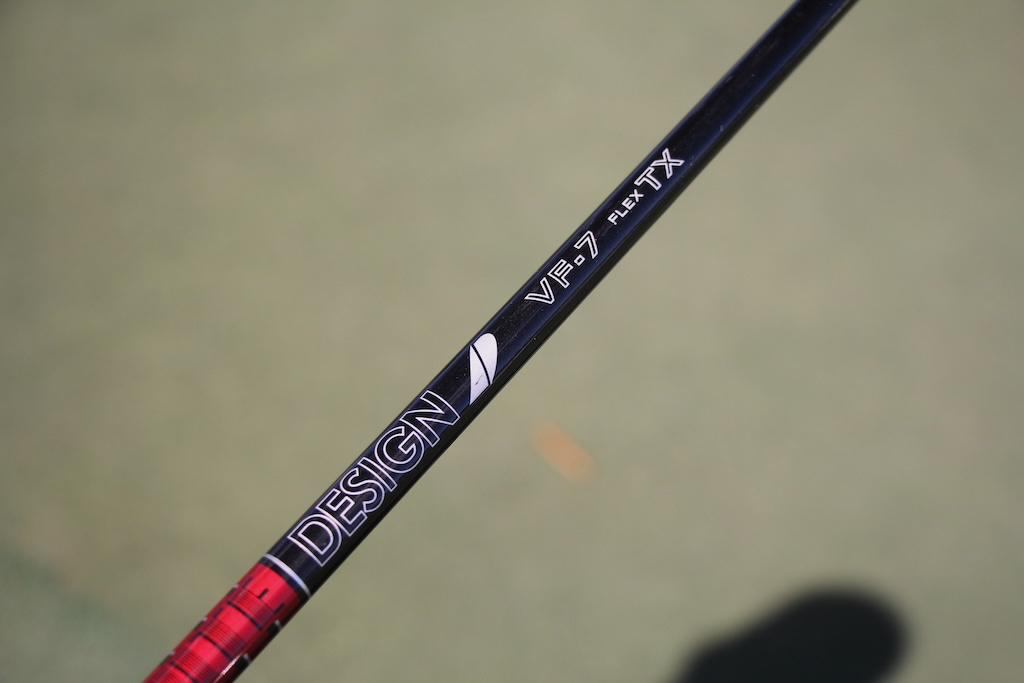
3-wood: TaylorMade Qi10 Tour (15 degrees)
Shaft: Graphite Design Tour AD VF 8 TX
Hybrid: TaylorMade Qi10 Tour (19.5 degrees)
Shaft: Mitsubishi MMT HY 100 TX
Irons: TaylorMade P7TW (4-PW)
Shafts: True Temper Dynamic Gold Tour Issue X100
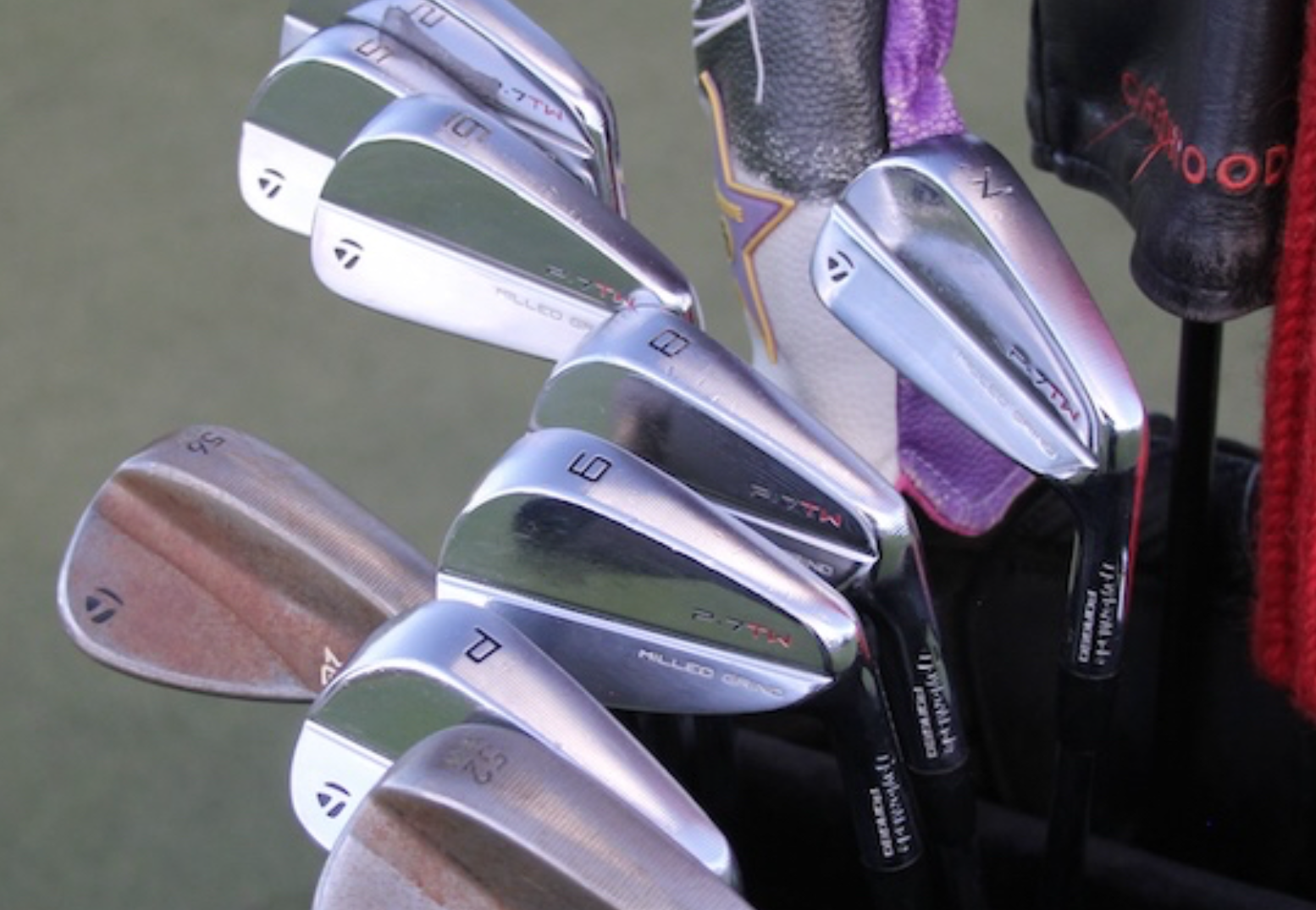
Wedges: TaylorMade MG4 (52-09SB, 56-12SB), Vokey Design WedgeWorks Proto (60-T)
Shafts: True Temper Dynamic Gold Tour Issue X100
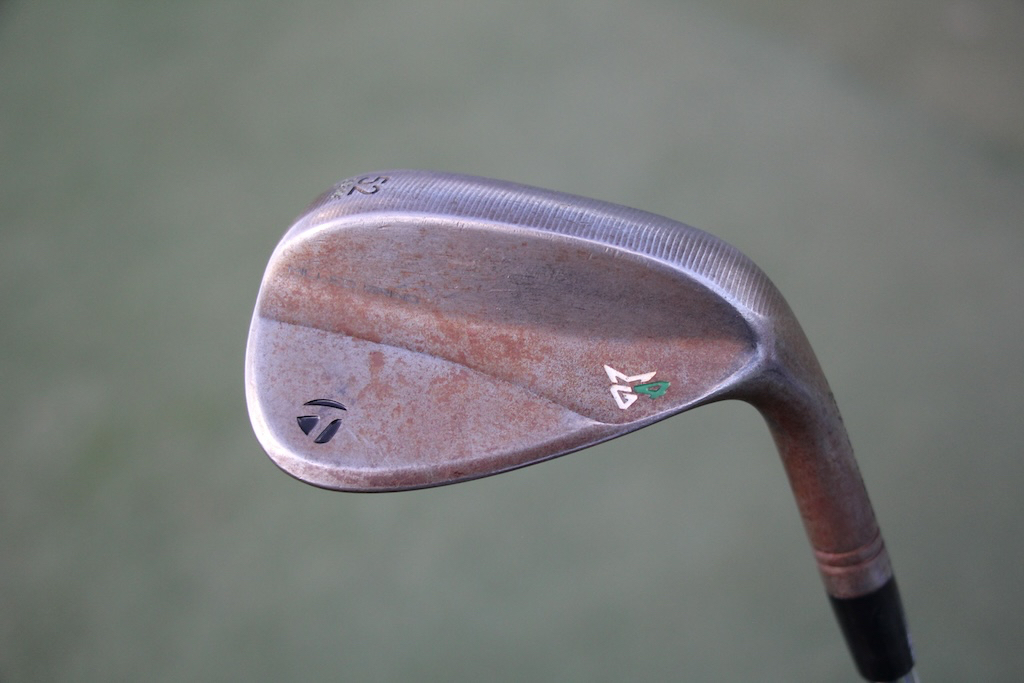
Putter: TaylorMade Spider Ghost S
Grip: Elite
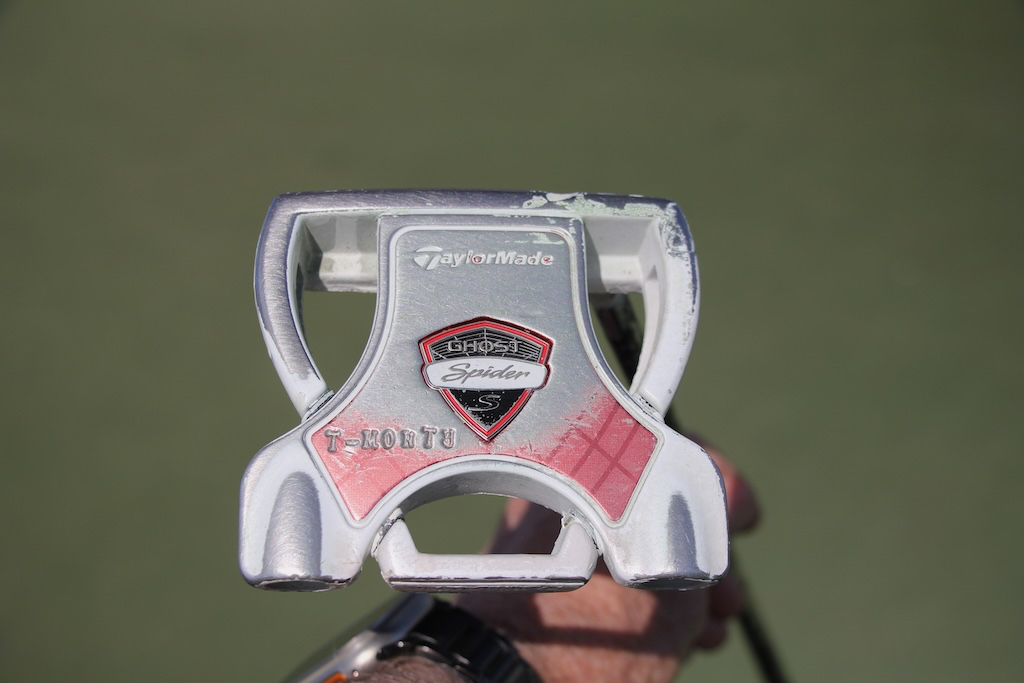
Grips: Golf Pride MCC
- LIKE1
- LEGIT0
- WOW0
- LOL0
- IDHT0
- FLOP0
- OB0
- SHANK0
Whats in the Bag
WITB Time Machine: Paul Casey’s winning WITB, 2019 Valspar Championship
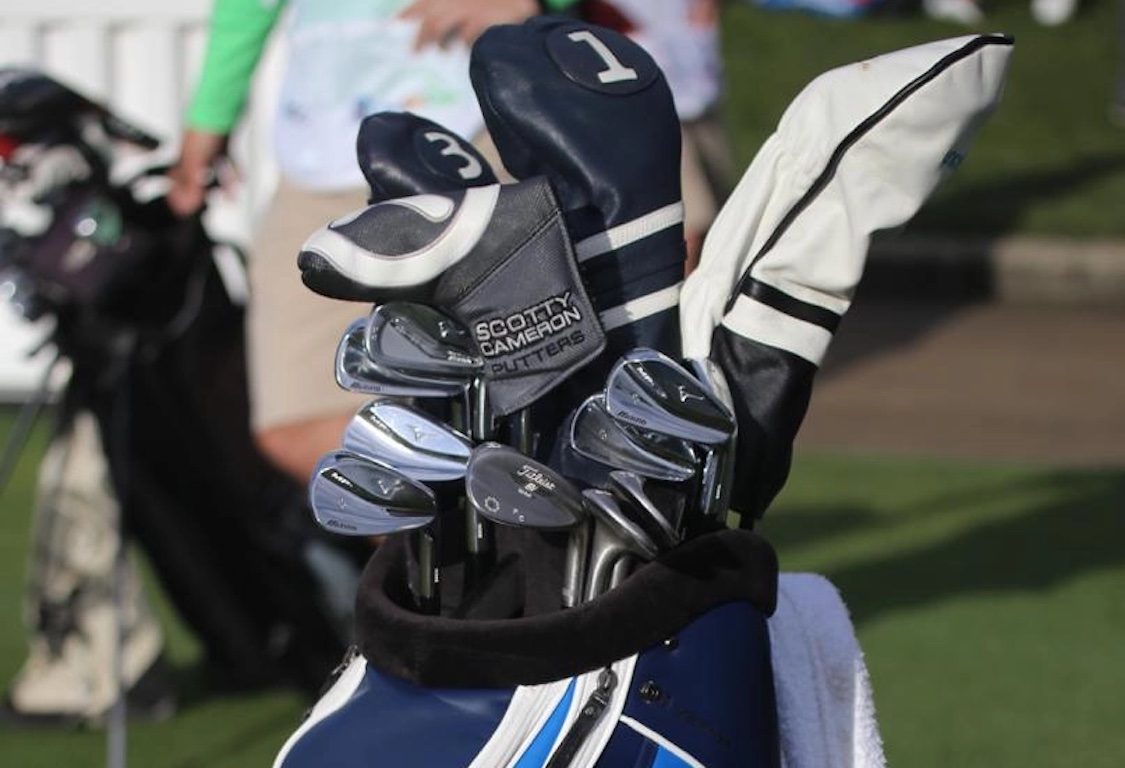
At the 2019 Valspar Championship, Englishman Paul Casey took the trophy at the Copperhead Course for the second year in a row. On a difficult Sunday, Casey’s 1-over 72 was good enough for a one-stroke victory over Louis Oosthuizen and Jason Kokrak as Dustin Johnson faltered.
Check out Casey’s clubs from five years ago below.
Driver: TaylorMade M4 (10.5 degrees)
Shaft: Mitsubishi Diamana D+ Limited 70 TX (tipped 1 inch)
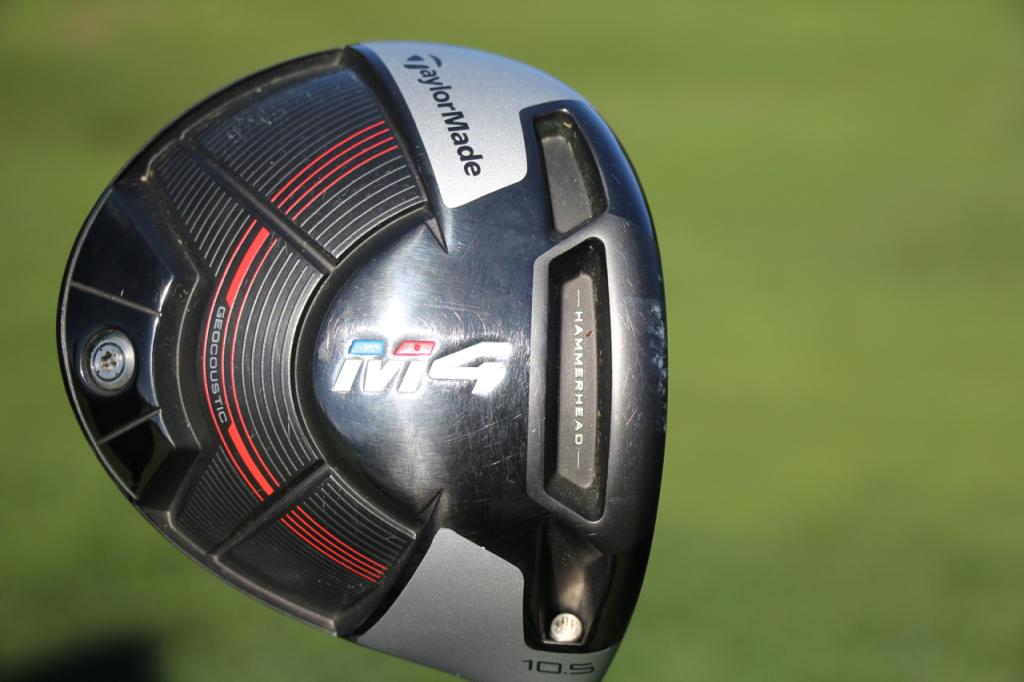
3-wood: TaylorMade M1 (15 degrees)
Shaft: Mitsubishi Diamana D+ 80 TX Limited (tipped 1.75 inches)
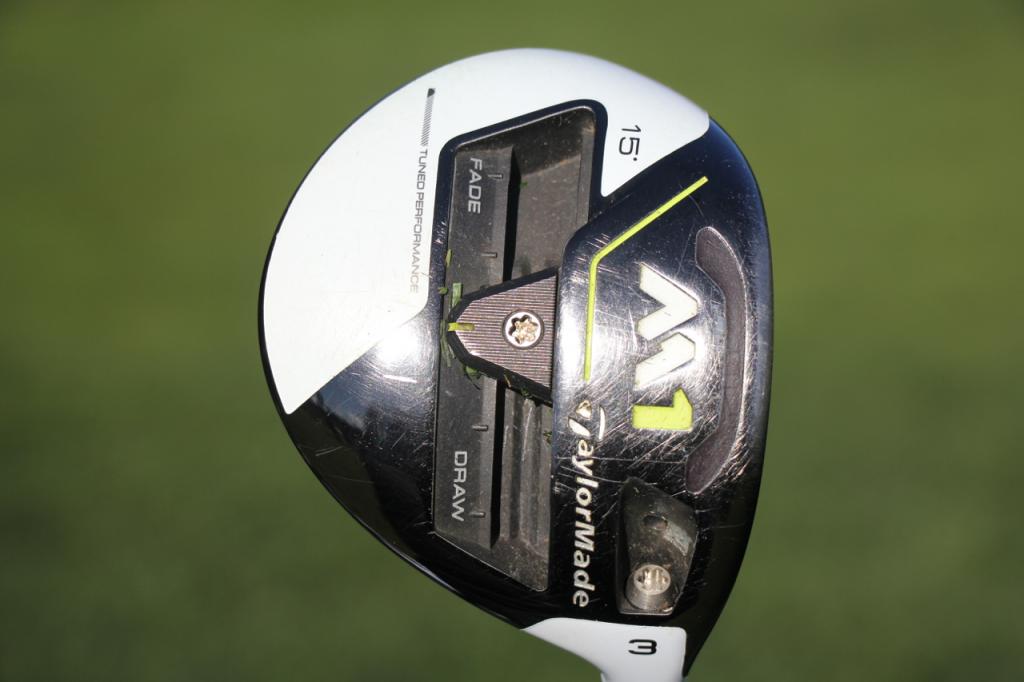
Irons: Mizuno MP-25 (3), Mizuno JPX 919 Hot Metal Pro (4), Mizuno MP-5 (5-PW)
Shafts: Nippon N.S. Pro Modus3 Tour 120 TX
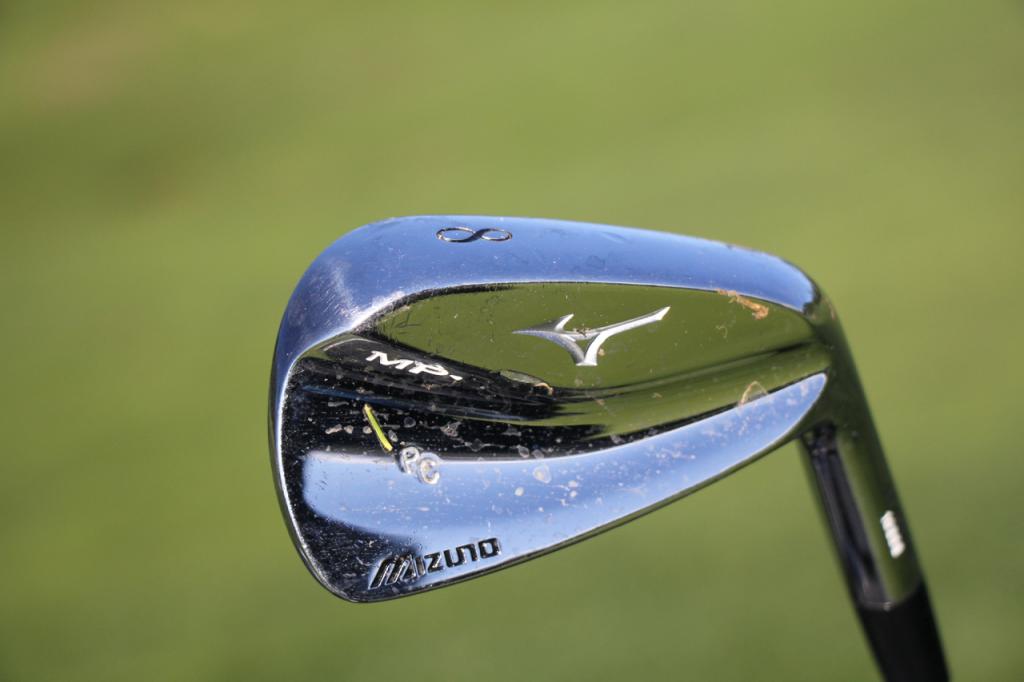
Wedges: Titleist Vokey Design SM7 (52-08F, 56-10S), Vokey Proto (60)
Shaft: Nippon N.S. Pro Modus3 Tour 120 X
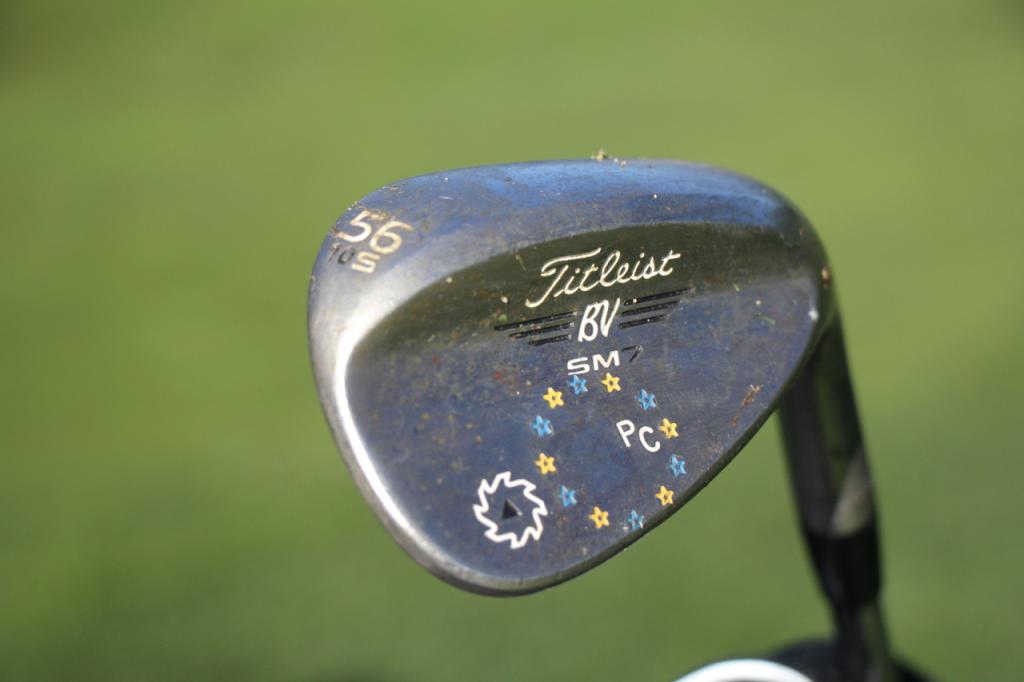
Putter: Scotty Cameron Circle T 350-SSS
Grip: Scotty Cameron Matador
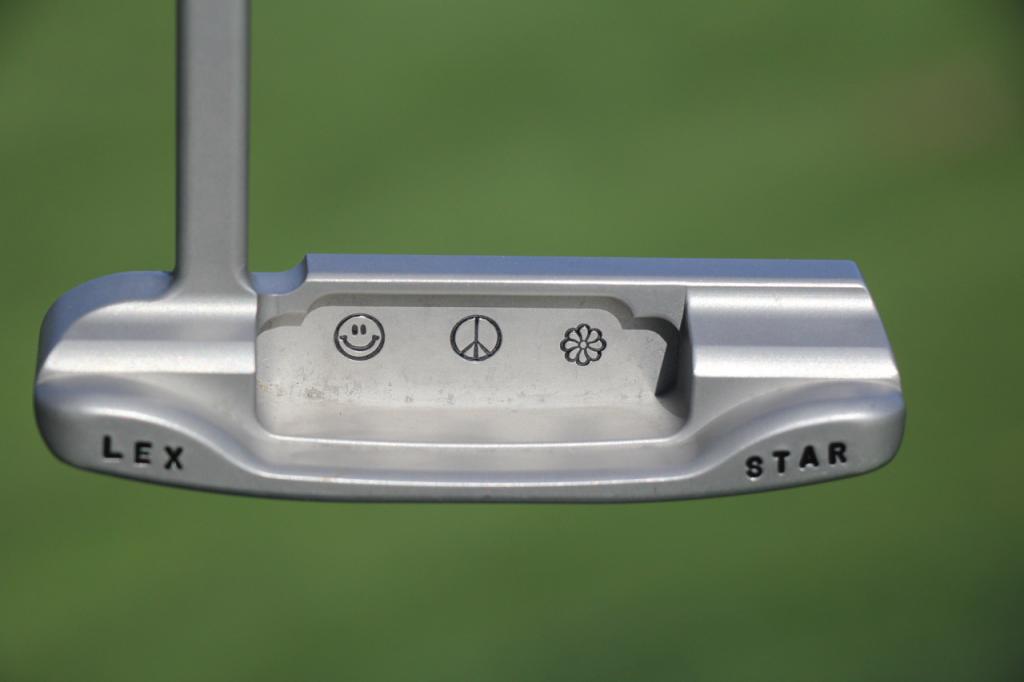
Grips: Golf Pride ZGrip Cord Midsize
Golf Ball: Titleist Pro V1
Mizuno’s Senior Club Engineer, Chris Voshall told us Casey’s somewhat surprising setup in his long irons is simply the product of Casey hitting the windows he wants to with the particular clubs in question.
“It’s all based on the height of the ball flight,” Voshall said. The MP-25 3-iron was more penetrating and better for him off the tee, so he kept it in there.”
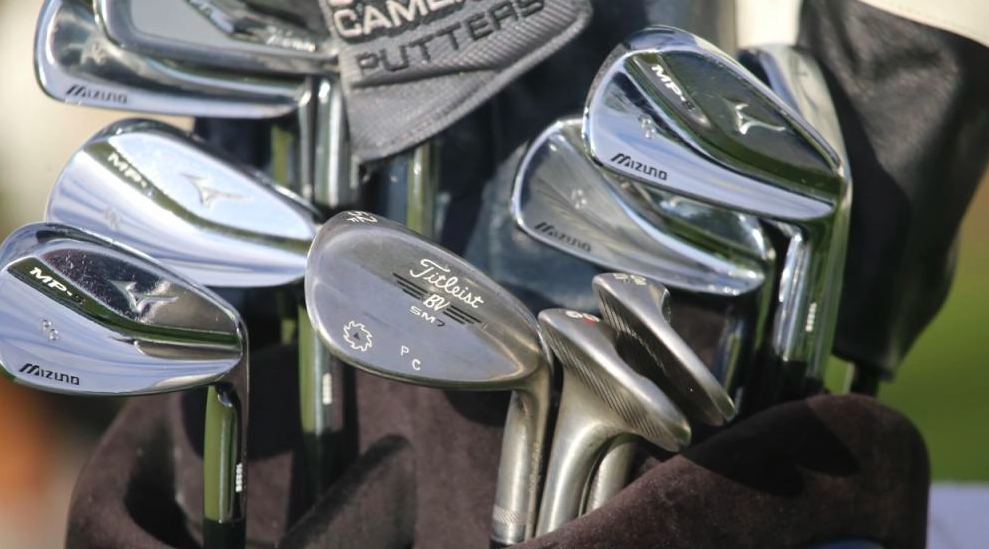
- LIKE3
- LEGIT2
- WOW1
- LOL0
- IDHT0
- FLOP0
- OB0
- SHANK0
-
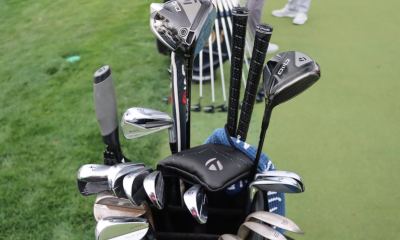
 Whats in the Bag3 weeks ago
Whats in the Bag3 weeks agoScottie Scheffler WITB 2024 (March)
-
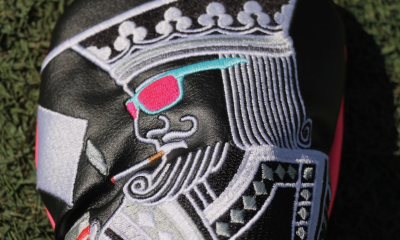
 Tour Photo Galleries3 weeks ago
Tour Photo Galleries3 weeks agoPhotos from the 2024 Arnold Palmer Invitational
-
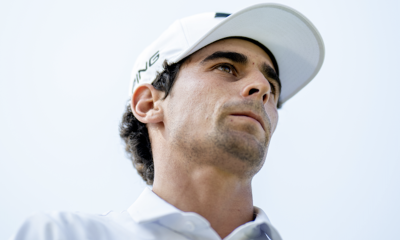
 19th Hole3 weeks ago
19th Hole3 weeks agoJoaquin Niemann names 3 PGA Tour events he’d love to play each year ‘in a perfect world’
-
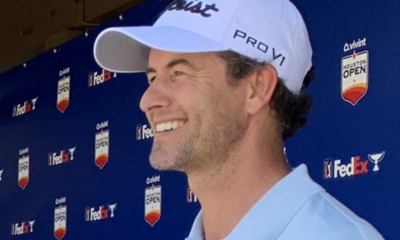
 19th Hole3 weeks ago
19th Hole3 weeks ago‘Seems suspect’ – PGA Tour pro hits out at decision to hand Adam Scott and Webb Simpson Bay Hill sponsor exemptions
-
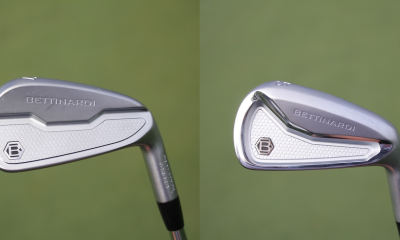
 Equipment3 weeks ago
Equipment3 weeks agoSpotted: Bettinardi irons at the Arnold Palmer Invitational
-

 19th Hole3 weeks ago
19th Hole3 weeks agoPaulina Gretzky opens up on receiving death threats following DJ’s move to LIV Golf
-

 19th Hole3 weeks ago
19th Hole3 weeks agoVincenzi’s 2024 Arnold Palmer Invitational betting preview: Big names ready to pounce at Bay Hill
-
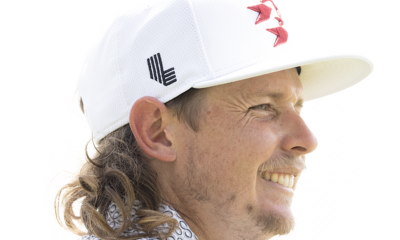
 19th Hole3 weeks ago
19th Hole3 weeks agoVincenzi’s LIV Golf Hong Kong betting preview: Trio of major champs primed for big week












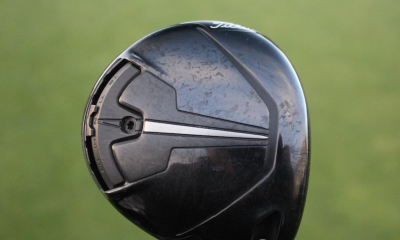

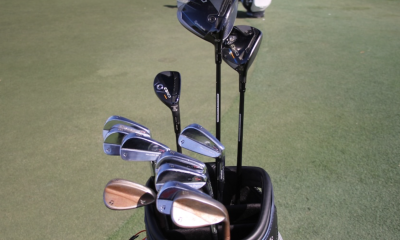

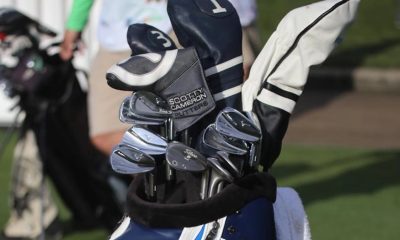

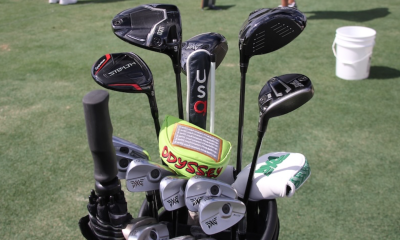

Ac
Jun 13, 2020 at 11:50 pm
Redbird creates an outstanding product. On par with the best forging a out there. I’ve had a couple of sets over the years and have always been impressed.
David
Jun 13, 2020 at 2:49 pm
Red bird (Jay and Brandon) are awesome. If I need any work on my clubs I always take it to them. The knowledge and understanding of my swing and needs are top level!